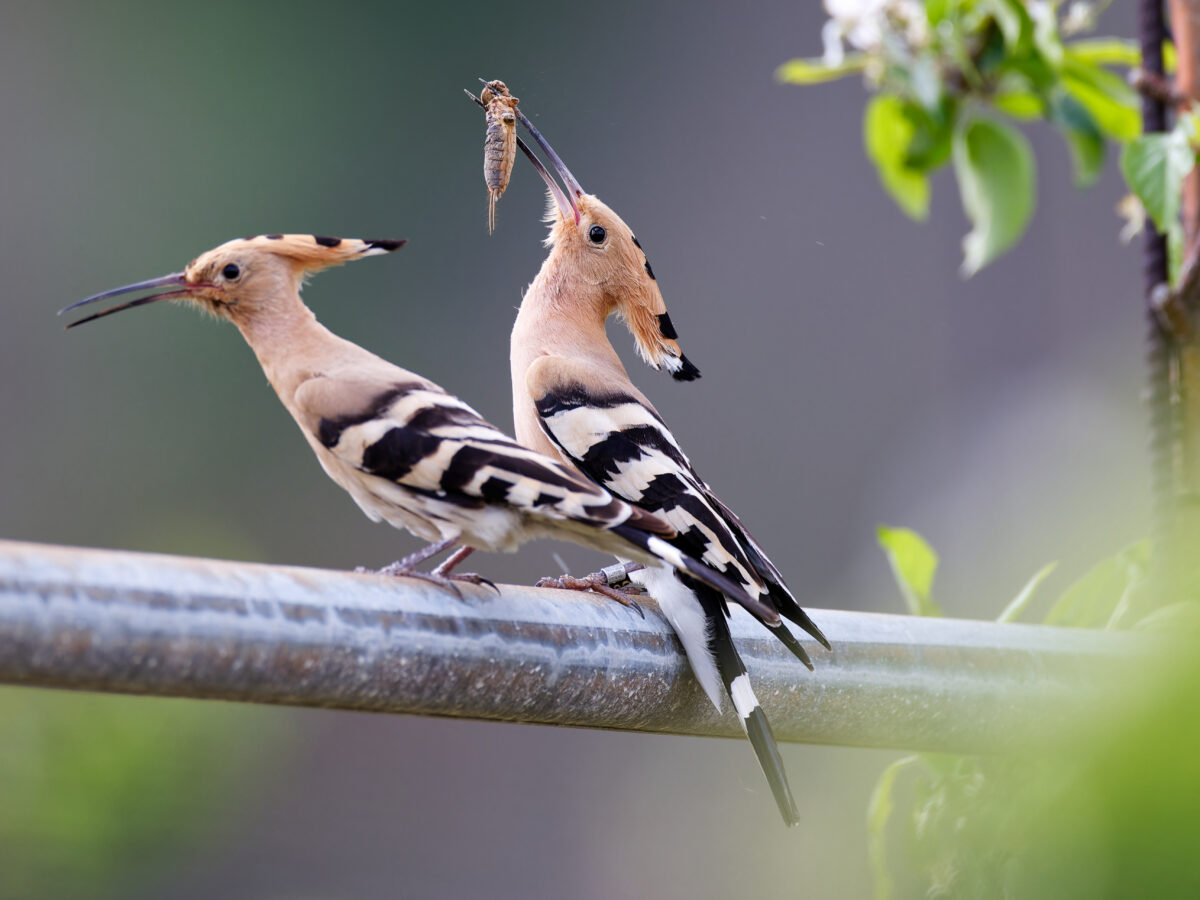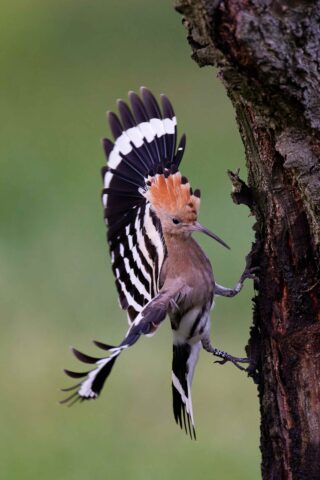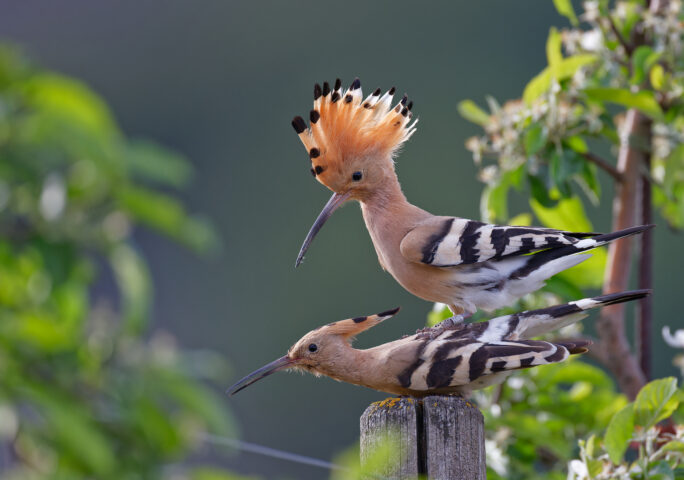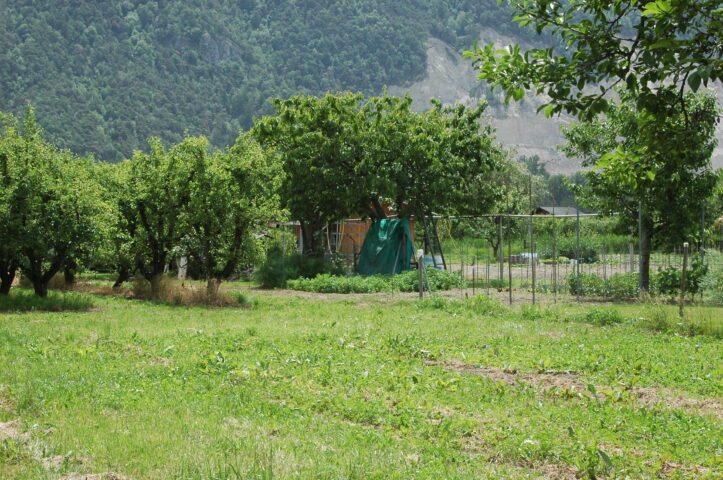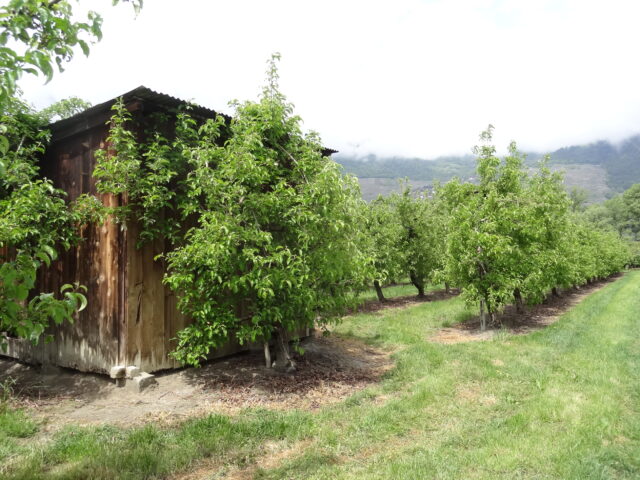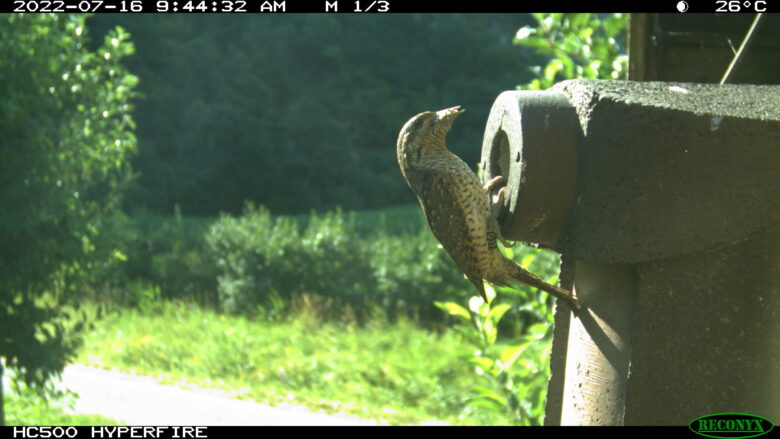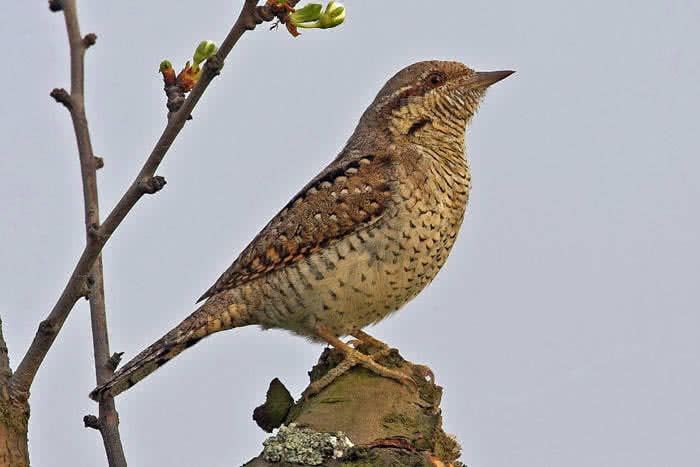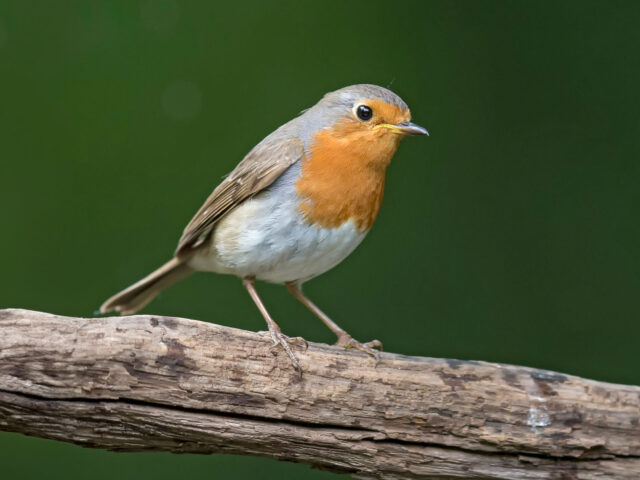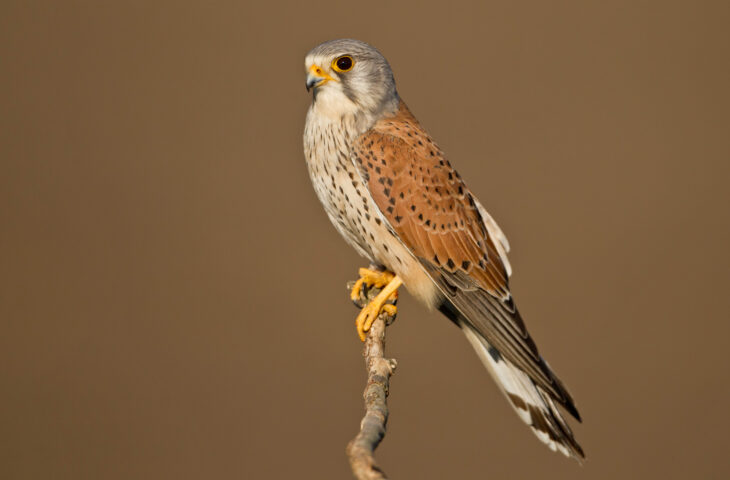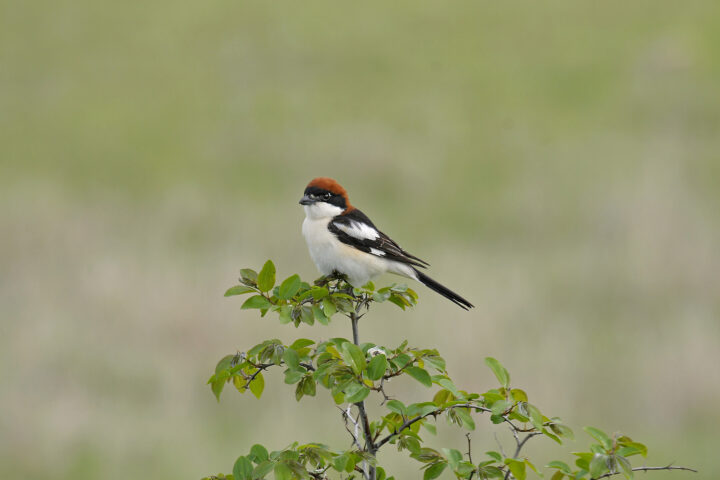This project aims to find out why hoopoes and wrynecks have become so rare in Switzerland. To this end, numerous nest boxes have been installed in the project area to promote the two priority species locally. The knowledge gained will be used to protect and promote these two charismatic species outside the project area.
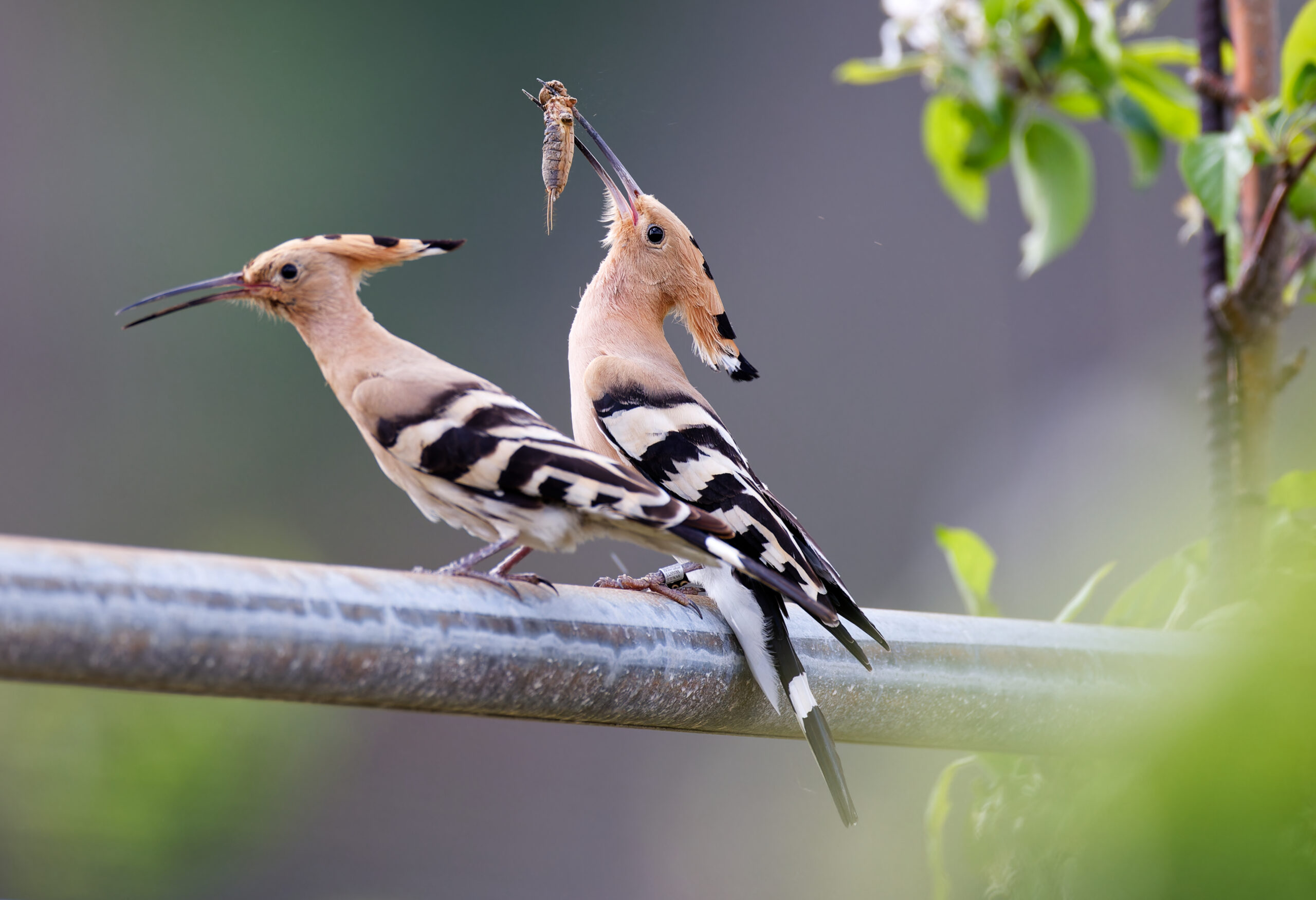
Hoopoe couple

Hoopoe in action

Hoopoe copulation

Study area in the Valais

Study area in the Valais

Nestboxes for hoopoe and wryneck

Adult identification on camera trap picture

Adult identification on camera trap picture

Wryneck

Foraging wryneck
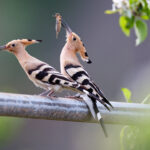



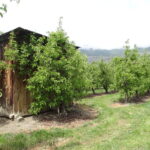
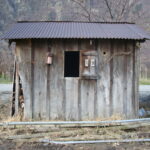

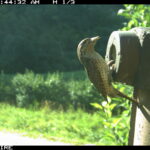
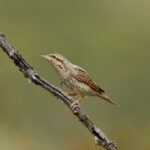
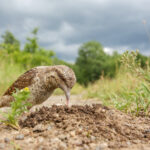
Hoopoe couple
Hoopoe in action
Hoopoe copulation
Study area in the Valais
Study area in the Valais
Nestboxes for hoopoe and wryneck
Adult identification on camera trap picture
Adult identification on camera trap picture
Wryneck
Foraging wryneck










What are the reasons for population changes in rare species?
Details
Project objectives
The populations of the hoopoe and the wryneck declined sharply in Switzerland between 1950 and 2000. Both species are priority species, migratory birds, cavity breeders in arable land and foraging specialists. Possible causes of the decline include reduced accessibility or density of prey, reduced availability of breeding sites or deterioration of wintering habitats. However, the relative importance of these possible causes of decline is largely unknown, making effective conservation efforts challenging.
Methodology
Since 2000, around 700 nesting boxes for the two species have been installed in the Valais and the population has been monitored. Breeding success is recorded and young and adult birds are marked. Integrated population models can be used to investigate which demographic processes (reproduction, survival, immigration, emigration) primarily impact the population. Conventional (ring analysis) and new methods (stable isotopes, geolocator) will be used to learn more about the wintering areas.
Results
The demography of the two species is surprisingly similar. Their populations are mainly influenced by breeding success and immigration. The breeding success of both species depends on the weather, even more so for the hoopoe than for the wryneck.
Hoopoes from the Valais overwinter in the Sahel, with wintering grounds extending over a vast area from Niger to Senegal. Wrynecks from the Valais breeding population, on the other hand, winter in southern Spain and northern Morocco, making them short-distance migrants.
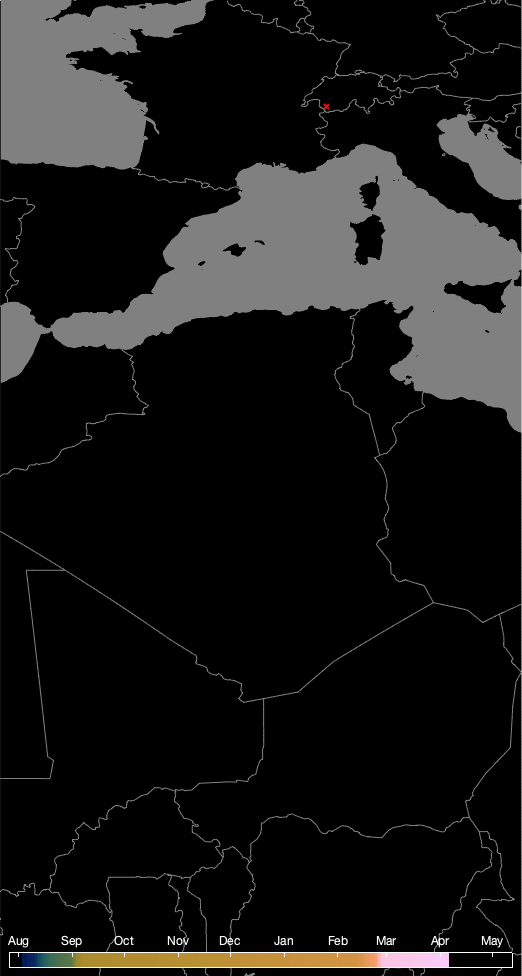
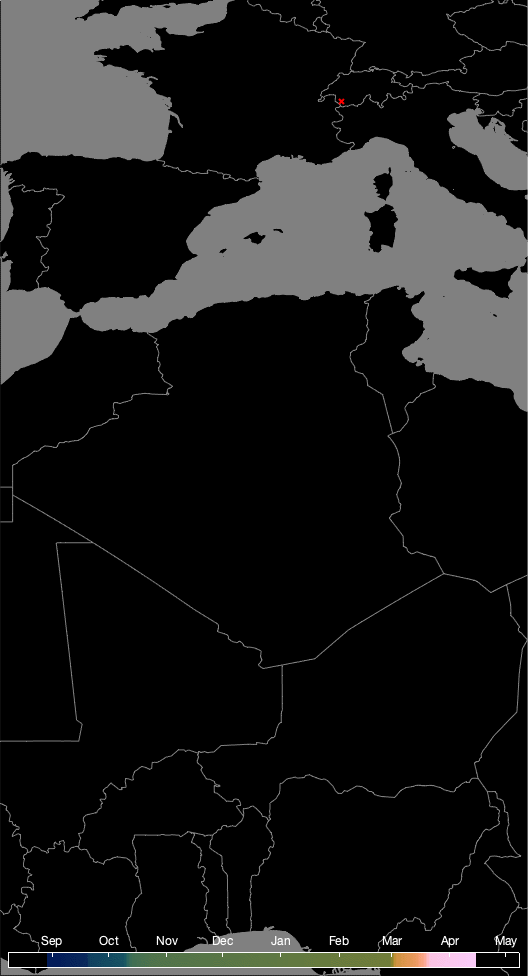
Project partner(s)
Financial support
Publications
https://doi.org/10.1111/1365-2656.13432
https://doi.org/10.1002/ece3.6244
https://doi.org/10.1007/s00442-017-4028-8
https://doi.org/10.1086/694823
https://doi.org/10.1016/j.anbehav.2016.04.015
https://doi.org/10.1371/journal.pone.0097679
https://doi.org/10.1007/s00442-012-2418-5
https://doi.org/10.1007/s00442-013-2598-7
https://doi.org/10.1007/s00442-011-2070-5
https://doi.org/10.1016/j.actao.2011.11.003
https://doi.org/10.1371/journal.pone.0036028
https://doi.org/10.1080/00063657.2011.556183
https://doi.org/10.1007/s10336-010-0527-7
https://doi.org/10.1525/bio.2010.60.10.10
https://doi.org/10.1007/s10336-010-0525-9
https://doi.org/10.1111/j.1472-4642.2010.00664.x
https://doi.org/10.1371/journal.pone.0013115
https://doi.org/10.1007/s10336-008-0361-3
https://doi.org/10.1007/s10336-008-0305-y
Project team members


Trade publications
2022
Europe and the West African savannas Bruderer, B. & D. Peter, 2022
Contact: info@vogelwarte.ch
License: zenodo-freetoread-1.0
doi-Link: doi.org
Contact: bruno.bruderer@vogelwarte.ch
2021
Contact: info@vogelwarte.ch
License: zenodo-freetoread-1.0
doi-Link: doi.org
Contact: bruno.bruderer@vogelwarte.ch
Betroffene Vogelarten
Population Biology
We study the populations and distribution of species and species communities, as well as the factors that cause their changes across space and time.
Additional projects
We handle the donations entrusted to us very carefully. For many years, the Swiss Ornithological Institute has carried the ZEWO seal of approval for non-profit institutions.

